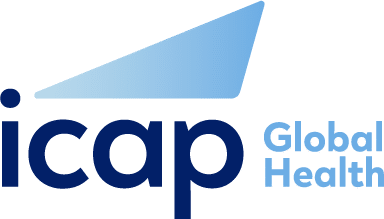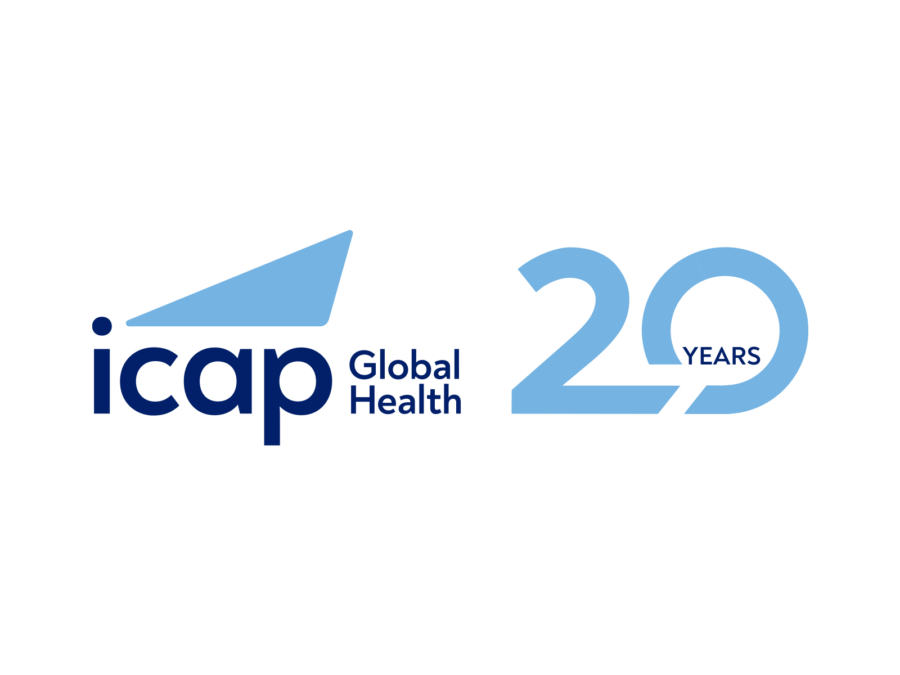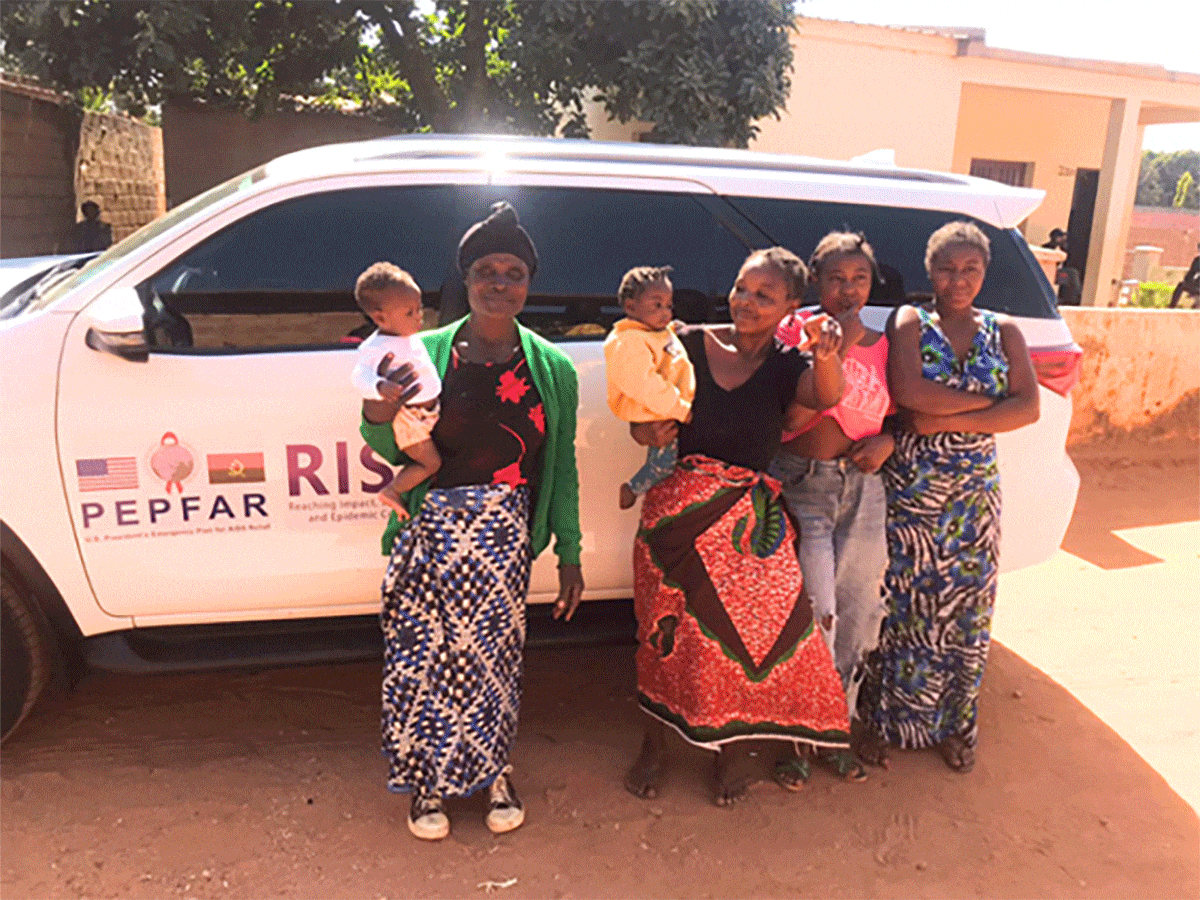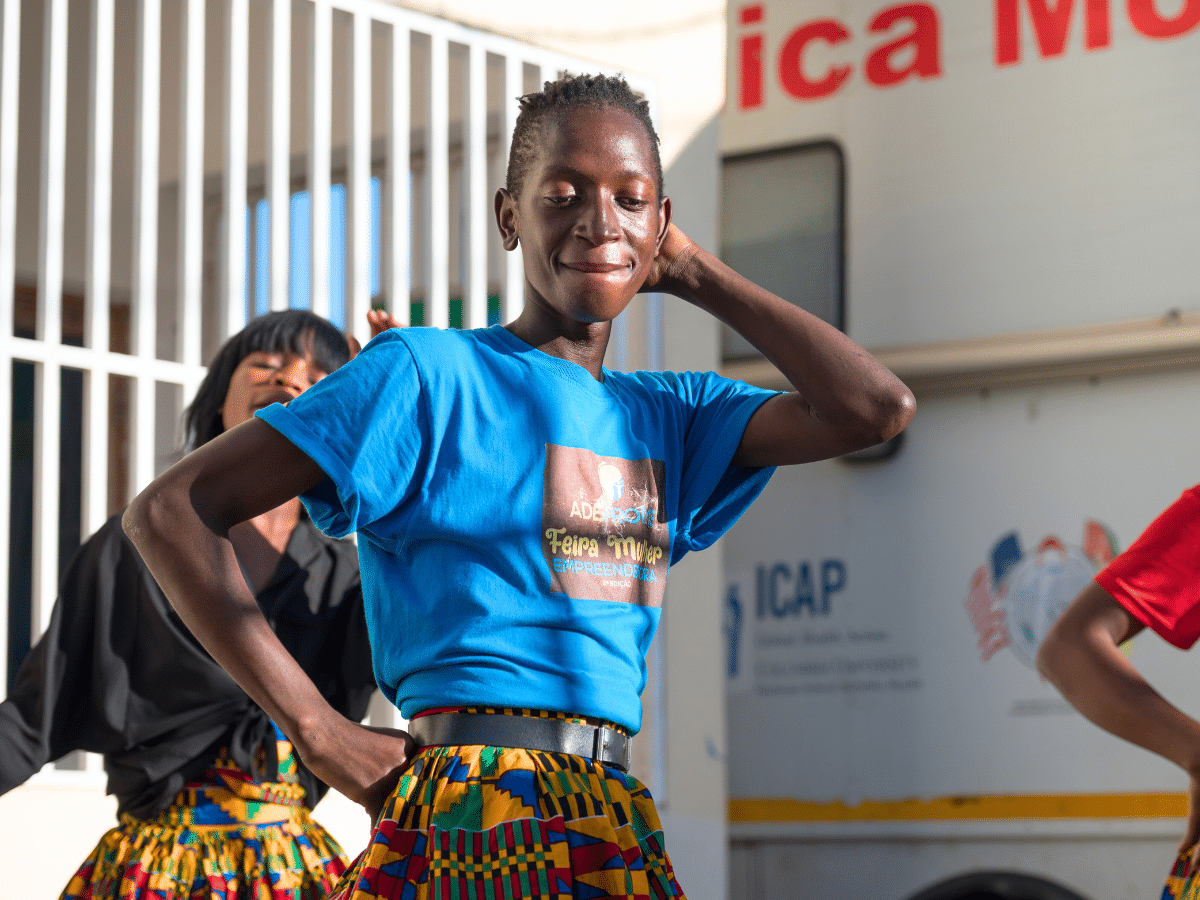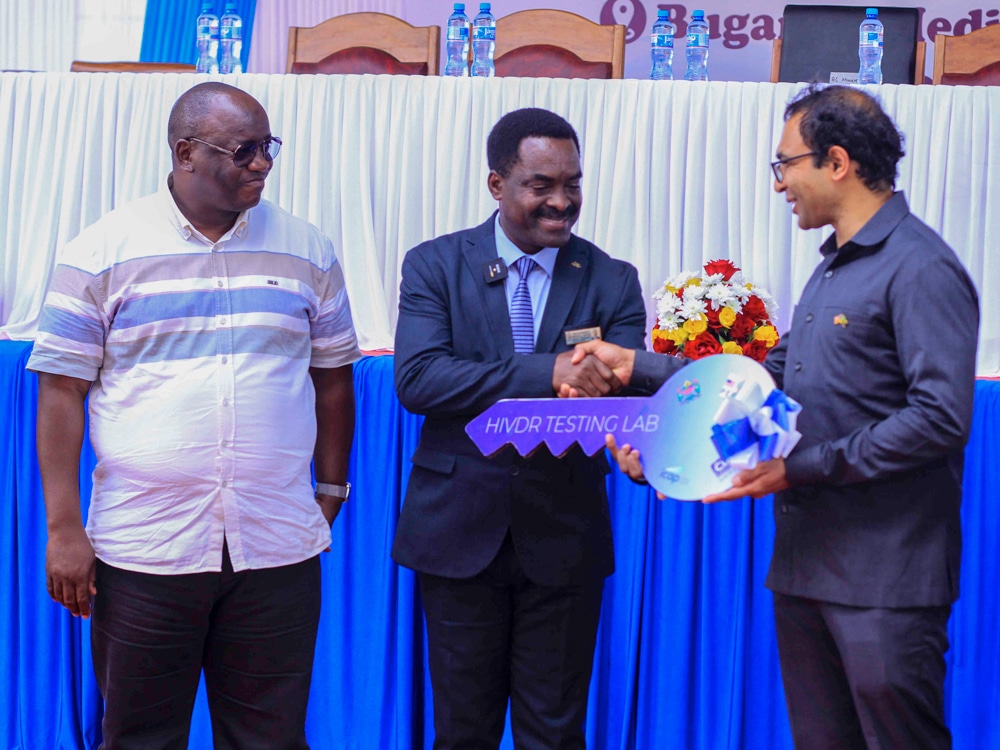As the headmaster and only teacher at the Ndondo Community School in the rural Mongu District of Zambia in Western Province, Mr. Lambi Chingumbe educates the children of his community on math, English, and science. In addition, he is educating his community as a community mobilizer for the Zambia Population-based HIV Impact Assessment (ZAMPHIA) survey, showing his commitment to improving people’s health through knowledge.
“It is important to know your HIV status. Then you can start taking medicine early and live longer,” says Mr. Chingumbe.
Through in-home interviews and HIV counseling and testing, the ZAMPHIA survey is yielding essential national data on HIV in Zambia. The survey has a direct benefit for participants, and also serves a wider public health purpose. It will enable the Ministry of Health to better understand the impact of HIV at this stage of the global epidemic and target its treatment and prevention efforts at the national and community levels. In 2014, HIV prevalence among adults in Zambia was estimated at 12.4 percent. The country has made important strides in its response to HIV, reducing the rate of maternal HIVtransmission from 24 percent to less than nine percent in the last five years. It has also increased the number of people tested for HIV by 20 percent between 2013 and 2014.
The survey began on March 1 and since then, 32 ZAMPHIA survey teams across Zambia’s Northern and Western provinces have been visiting selected households and providing HIVtesting to adults and children who agree to participate. Before the teams arrive, community mobilizers like Mr. Chingumbe play a critical role in raising awareness of the survey and its importance. These local residents distribute brochures, talk to neighbors and organize community events. They are trained to address key project challenges and community concerns, including questions about HIV testing, how blood samples will be collected, and how participants’ personal information will be used. With a goal of reaching 16,000 households throughout the country, the community mobilizers are vital to the success of the survey.
Since December, 275 community mobilizers have been preparing for the arrival of ZAMPHIA in three provinces, under the direction of community mobilization coordinators. ”The coordinators are an essential link among the communities, the survey teams, and the broader ZAMPHIA team. Throughout the survey period they support the mobilizers in planning activities, monitoring community feedback, and responding to questions and issues that emerge,” says Kumbutso Dzekedzeke, ICAP’s ZAMPHIA project director.
Mr. Chingumbe says the most frequent question that arises from the community members is what kind of support is available if someone tests positive for HIV. The ZAMPHIAsurvey teams, who are trained in confidentiality procedures, provide HIV test results on the spot as well as pre- and post-test counseling, and they refer individuals who test positive to a local health center for care and support.
To Mr. Chingumbe, the work is an extension of his role as an educator in the community. “ZAMPHIA is here to help people know their status and help them see their children grow as well as to provide counseling and give lessons on how people can care for themselves.”
In this rural community, “most people work in the morning, so [we] go to the village around 2 PM when people are back from work.” This approach allows Mr. Chingumbe and the data collection team to maximize the number of survey participants. Community mobilization activities began in Mongu District in late December, and a few weeks into the effort, Mr. Chingumbe reported that the community response has been positive, and that people were eager for the survey to start.
“Tapping into the community mobilizers’ local knowledge is critical for securing high rates of participation,” says Mr. Dzekedzeke.
Zambia’s ZAMPHIA survey, the third PHIA survey to launch, is part of the PHIA Project, led by ICAP in partnership with the U.S. Centers for Disease Control and Prevention. The project is measuring the reach and impact of HIV programs in selected countries receiving support from the President’s Emergency Plan for AIDS Relief by estimating HIVprevalence, incidence, and viral load suppression among a nationally representative sample of adults and children in each country. The results of these surveys will guide national and global HIV programs, as well as policy and funding priorities.

